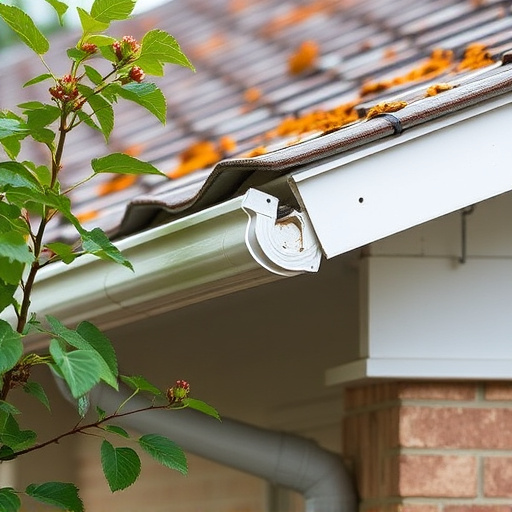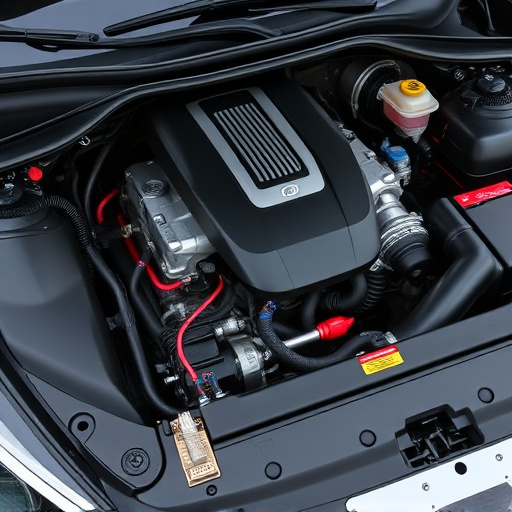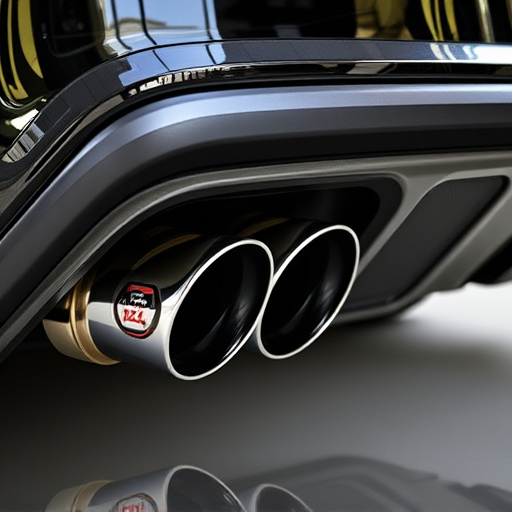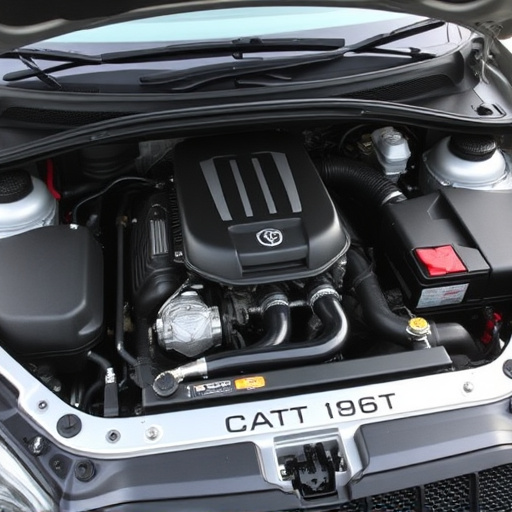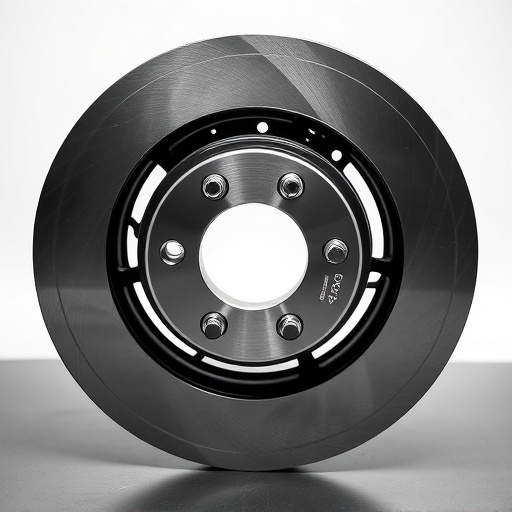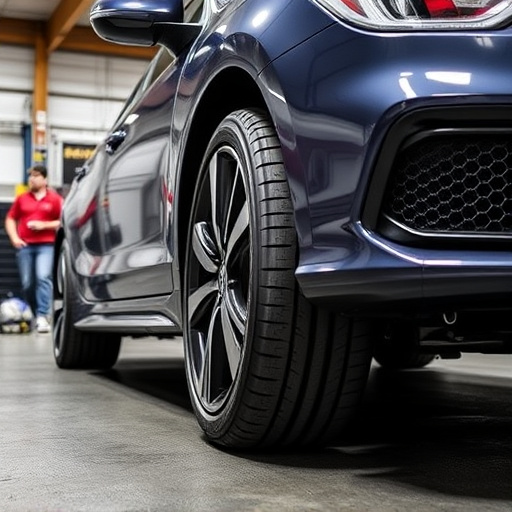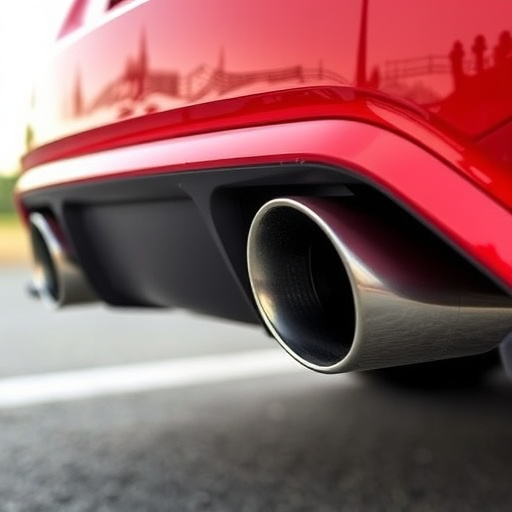Regularly maintaining and cleaning a turbocharger system is essential for optimal performance and longevity. This involves inspecting and replacing components like turbine housing, bearings, seals, and gaskets, as well as cleaning exhaust mufflers. Strategic upgrades to air filters, exhaust tips, and oil systems enhance power output, reduce backpressure, and ensure efficient combustion. Following manufacturer schedules and promptly addressing heat buildup or leaks further prolongs the turbocharger system's lifespan.
Maintaining your turbocharger system is crucial for ensuring optimal performance and longevity. This powerful component boosts engine power, but its sensitivity requires meticulous care. Understanding your turbocharger’s inner workings and implementing regular cleaning and inspection routines are key. By following these practices, you can prevent costly repairs and keep your vehicle’s turbocharger system running smoothly for years to come. Discover practical tips on optimizing performance and maintaining top condition in this comprehensive guide.
- Understanding Your Turbocharger System: Components and Basic Maintenance
- Regular Cleaning and Inspection: Keeping Your Turbocharger in Top Condition
- Optimizing Performance and Longevity: Tips for Prolonged Use of Your Turbocharger System
Understanding Your Turbocharger System: Components and Basic Maintenance

Understanding your turbocharger system is a crucial first step to ensuring its longevity. At its core, a turbocharger comprises several key components: the compressor, turbine, and intercooler. The compressor draws in ambient air and compresses it, forcing more air into the engine for increased power. The turbine uses this compressed air to spin, drawing energy from the exhaust gases to power the compressor. An intercooler then cools the compressed air before it enters the engine, maintaining optimal performance.
Regular maintenance is vital for keeping your turbocharger system in top shape. This includes replacing components like the cat back exhaust and air filter kits at recommended intervals. Regular checks of critical parts such as brake rotors can also help identify potential issues early on. By keeping an eye on these aspects, you’ll not only enhance the efficiency of your turbocharger but also prolong its lifespan.
Regular Cleaning and Inspection: Keeping Your Turbocharger in Top Condition

Regular cleaning and inspection are essential practices to ensure your turbocharger system maintains its longevity and optimal performance. A thorough cleaning process involves removing and disassembling critical components, such as the turbine housing, to eliminate accumulated debris, oil sludge, and carbon deposits. These residues can significantly impact efficiency and potentially cause damage over time. Using specialized tools and cleaners designed for turbochargers, you can restore these parts to their original condition, ensuring smooth air flow and maximizing power output.
During inspection, pay close attention to signs of wear and tear on bearings, seals, and gaskets. Regularly checking for leaks and ensuring proper alignment of turbine wheels will prevent unexpected failures. Additionally, inspecting exhaust mufflers and removing any built-up exhaust residue can enhance overall system efficiency. Remember, a well-maintained turbocharger not only extends its lifespan but also enhances the performance of your vehicle’s engine, including improved throttle response and increased horsepower, especially when combined with high-performance brakes and upgraded muffler tips.
Optimizing Performance and Longevity: Tips for Prolonged Use of Your Turbocharger System

Maintaining your turbocharger system involves a combination of regular care and strategic upgrades. One key aspect is optimizing performance, which directly impacts longevity. Regularly replacing performance air filters ensures your engine receives a steady supply of clean, rich oxygen, boosting power and efficiency. Similarly, investing in high-quality exhaust tips and mufflers not only enhances the sound of your vehicle but also reduces backpressure, easing the burden on your turbocharger and prolonging its lifespan.
Additionally, keeping an eye on essential components like the oil and fuel systems is crucial. Using high-performance synthetic oils can lubricate better, while regularly servicing these systems ensures optimal combustion. Monitoring temperature guages and addressing any abnormal heat buildup promptly helps prevent damage to the turbocharger, which is sensitive to extreme temperatures. These steps, coupled with adherence to manufacturer maintenance schedules, will contribute significantly to the prolonged use of your turbocharger system.
Maintaining your turbocharger system involves a combination of understanding its components, regular cleaning and inspection, and optimizing performance. By keeping these aspects in check, you can extend the longevity of your turbocharger system, ensuring it continues to deliver peak performance for years to come. Regular maintenance is key to preventing costly repairs and maximizing the value of your investment in this powerful enhancement to your vehicle’s engine.







